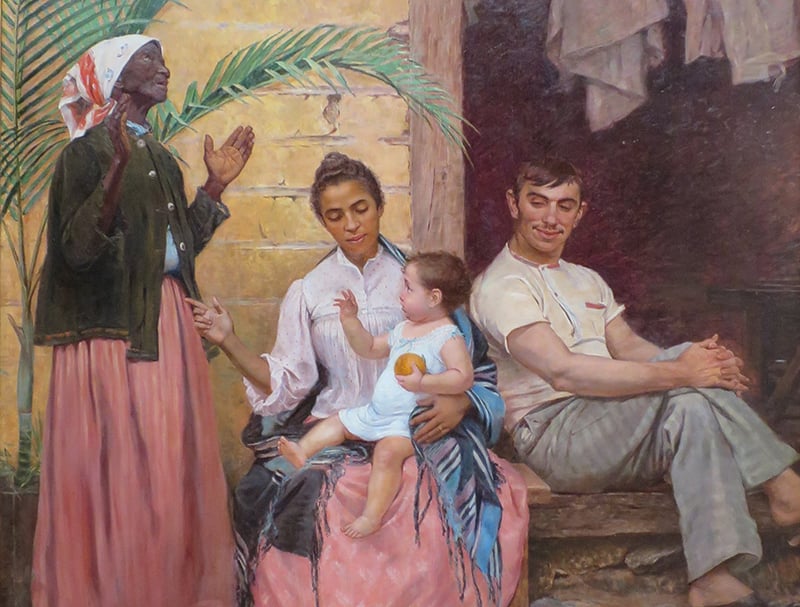Passing for Racial DemocracyPosted in Articles, Brazil, Caribbean/Latin America, History, Media Archive, Passing, Politics/Public Policy, United States on 2022-01-19 03:00Z by Steven |
The Baffler
2021-12-06

The complexities of the color line in the U.S. and Brazil
A CENTRAL POINT OF TENSION between Irene Redfield (played by Tessa Thompson) and her husband Dr. Brian Redfield (André Holland) in Rebecca Hall’s Passing, based on the Nella Larsen novel of the same name, is whether their family should remain in the United States. While Irene can pass for white out of convenience, the same is not true of her darker sons and her husband, who routinely informs his children about lynchings and white violence. Irene disapproves of this talk, despite her work for the Negro Welfare League. In one pivotal scene, she drives her tired husband home after a long day of visiting patients, and the couple discuss going to South America, specifically mentioning Brazil. The issue returns when the couple fights over the consuming role that Clare (Ruth Negga)—who has chosen to pass as white to the point of marrying a bigoted white husband and having a daughter with him—exerts in their lives and marriage.
In Larsen’s novel, Brian’s longing for Brazil, which becomes conflated with what Irene perceives as his desire for the effervescent, delightfully dangerous Clare, is even more pronounced: Brazil is the one that got away, Brian’s lost hope for a society where he and other black members of the talented tenth could be judged by their merits, not lynched because they failed to stay in their place. Irene even implicitly sanctions an affair between her husband and Clare to assuage her guilt for denying her family the chance to be truly “happy, or free, or safe”—a state she laments as impossible when speaking to Clare about her choice not to pass…
Read the entire article here.
